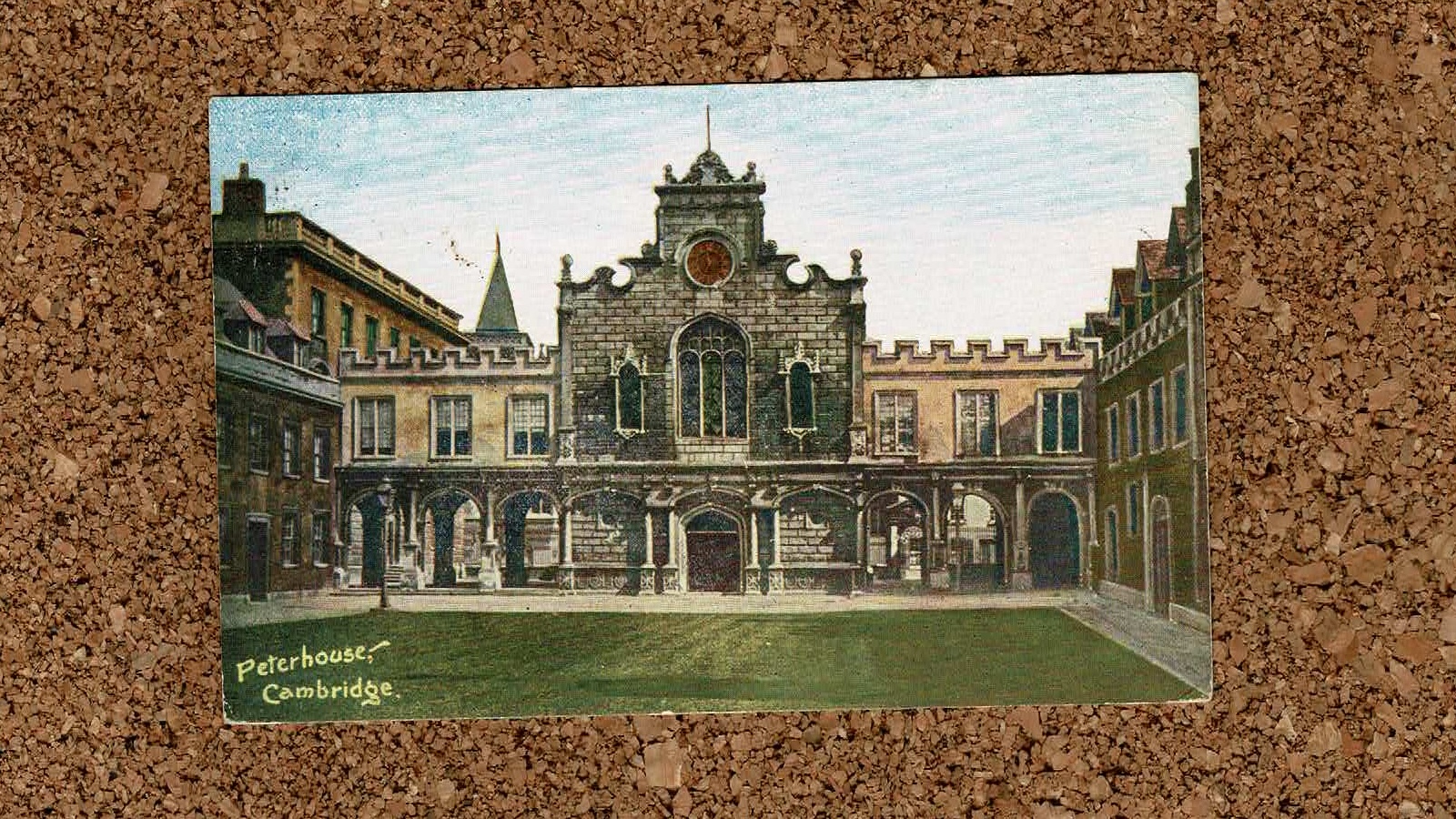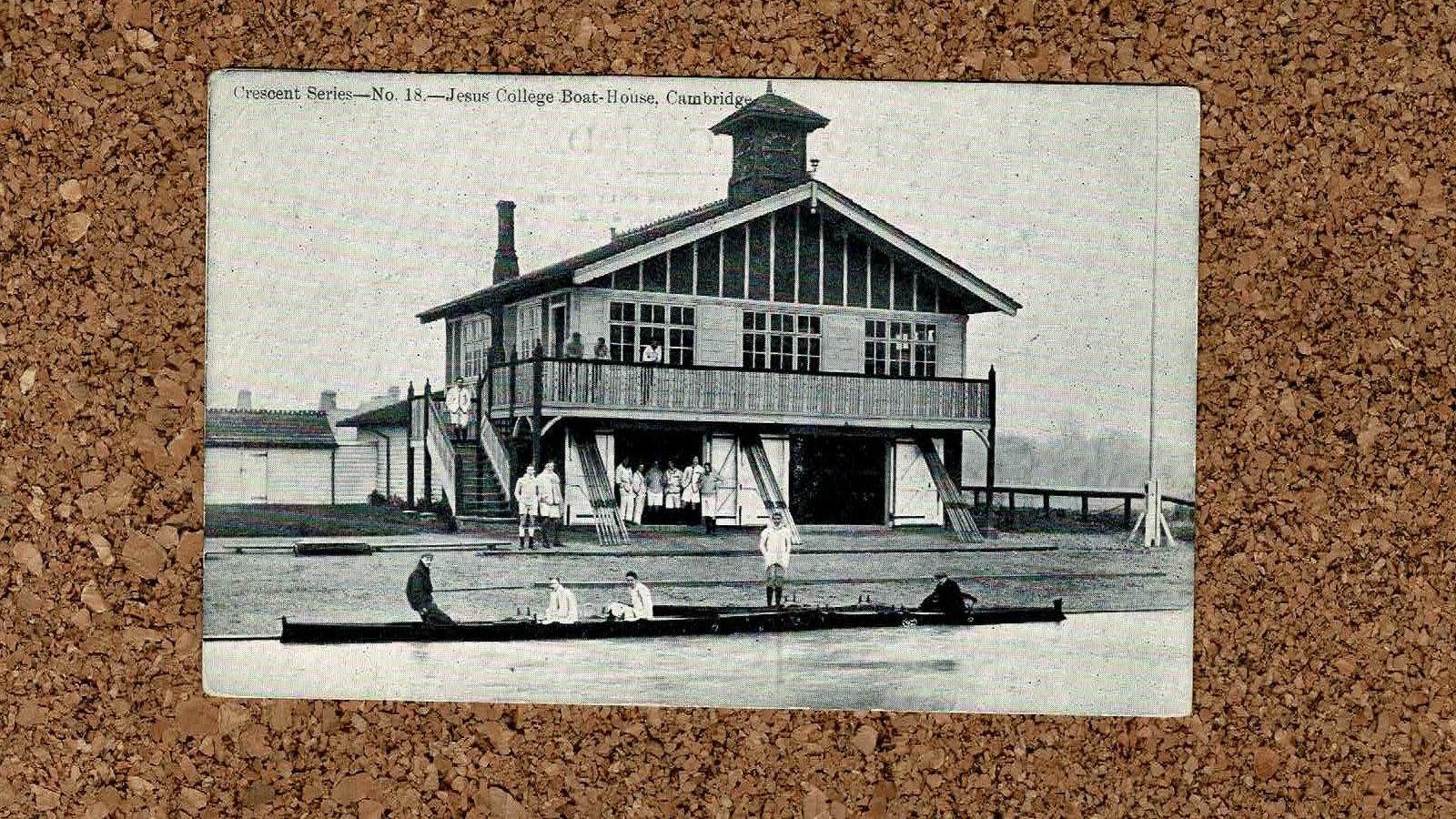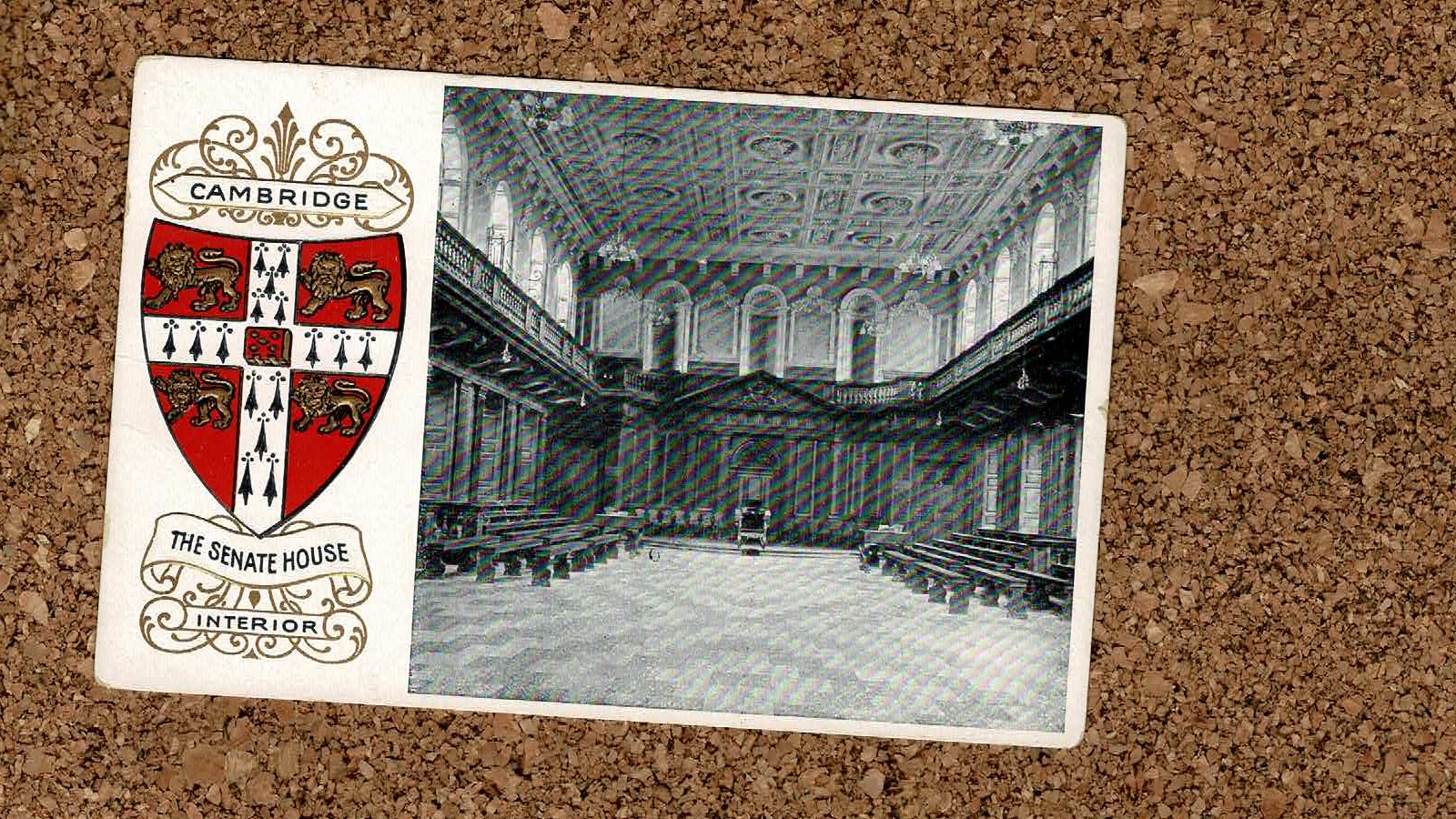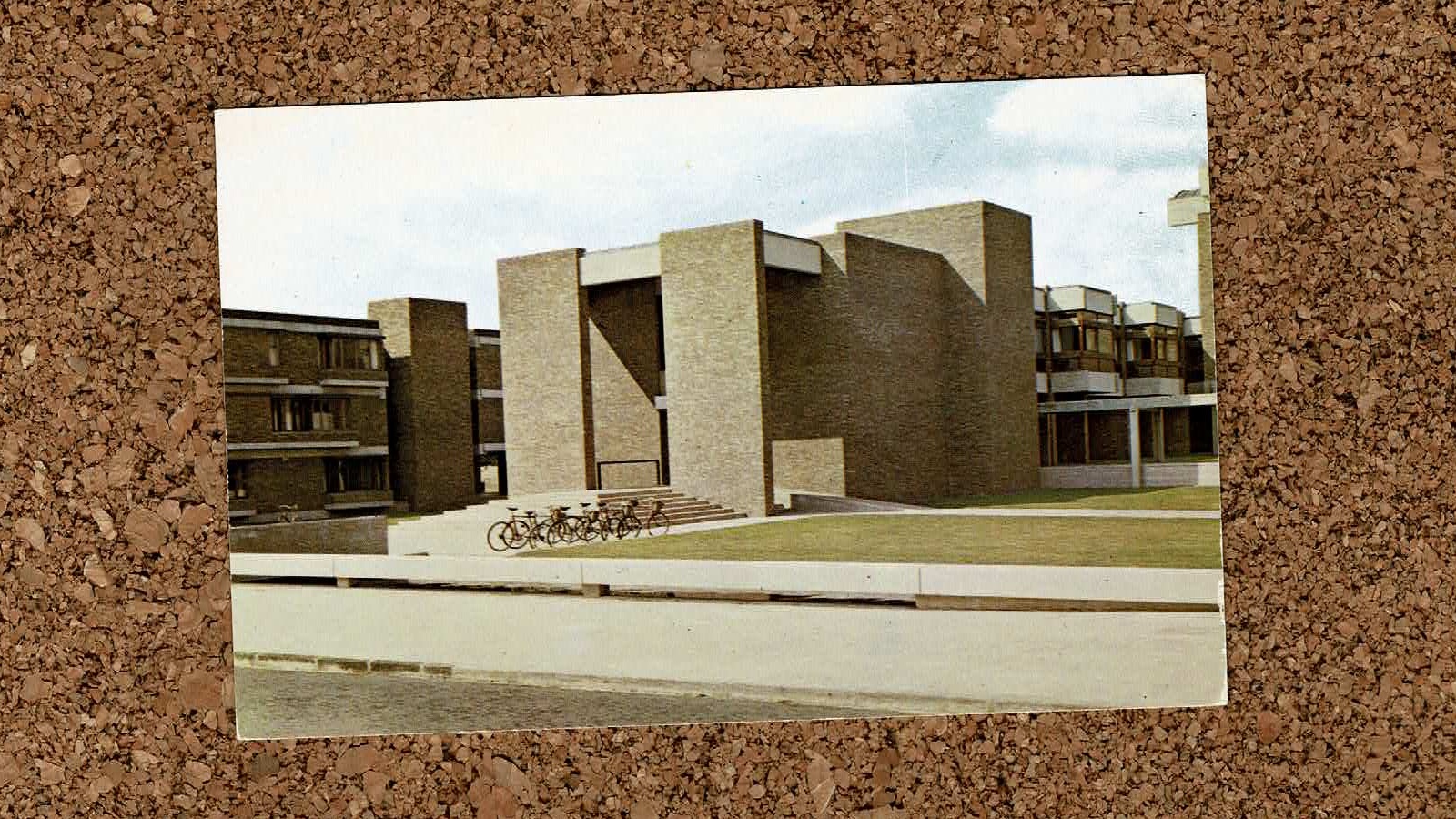Greetings from Cambridge! Today we’re looking at a college so old it doesn’t even need to be called “college”.
Let’s go back to 1280. Edward I, aka Edward Longshanks, was on the throne. England was calm after a period of internal turmoil; part of the reason for this was wars waged against the Welsh and the Scots. And in Ely, Bishop Hugh de Balsham was petitioning the King.
Successfully, as it turns out. His petition sought permission to evict secular brethren from the Hospital of St John at Cambridge and replace them with “studious scholars”, who would live in accordance with the rules of Merton College in Oxford (hospital meant something different in 1280 – not a medical facility, but guesthouse or almshouse, the hos being the same as in host).
Clearly this was not entirely satisfactory, as in 1284 Bishop Hugh gained another charter which differentiated these scholars from the other residents of the hospital. Reading between the lines, perhaps the hospital wasn’t entirely happy at having the students in it. In any event, Bishop Hugh obviated whatever problems there were by purchasing two houses and providing for a master and fourteen fellows who must be “worthy but impoverished”. The fellows would worship at the Church of St Peter Without Trumpington Gate, and the college thus became Peterhouse. Not Peterhouse College, by the way – just Peterhouse.
And it was thus, founded in 1284, the first formal college in Cambridge, although the university had been going for a few years, and with official status since 1231. It had to wait until 1326 for another college to be founded (Clare College, then known as University Hall), and then by 1352 there were six colleges – enough to organise a league table!
Peterhouse then plodded along. In the maelstrom of Tudor England, its master, Andrew Perne, was skilled at working with the prevailing political and religious opinions. It was said that the letters on the weathervane at St Peters’ Church stood for “Andrew Perne, Protestant”, or “Andrew Perne, Papist”, depending on which way the wind blew. When he was vice chancellor of the university, Perne had the bones of Martin Bucer, prominent protestant theologian and organiser, and later Regius Professor of Divinity, exhumed and burnt in the market square.
Peterhouse was the second building in England to be lit by electric lighting. William Thomson, Lord Kelvin, was a Peterhouse alumnus, and had them installed in 1884, to celebrate the college’s sexcentenary (the building that had them before was the House of Lords, in 1883).
Peterhouse admitted women undergraduates in 1984, seven hundred years after its foundation. (Women were admitted to postgraduate study in 1983, but the poetry of the anniversary required me to focus on undergraduates here. Sorry!) It is fair to say that this places it towards the conservative end of Oxbridge colleges. And in this case it is a literal truth.
Peterhouse became the breeding ground for a generation of right-wing conservative politicians, including the Michaels Howard and Portillo. This is connected to the appointment of Maurice Cowling and Roger Scruton as fellows of the college. The former’s student followers included one who, allegedly, wore a black armband on the anniversary of General Franco’s death.
Peterhouse’s catalogue of alumni includes some very impressive names. Thomas Grey, poet and country-churchyard elegist is one. And then scientists: we’ve seen Lord Kelvin, physicist and mathematician; you can also have James Clark Maxwell, father of electromagnetism. And then add Frank Whittle of the jet engine, and James Mason, of more great films than you can shake a stick at. Five Nobel laureates are associated with Peterhouse, all of them in Chemistry, in 1952, 1962, 1962, 1982 and 2013. Which must be some sort of a record. And maybe scope for a song: “it’s lucky for Peterhouse when the year ends in two.”
We should also note that Peterhouse is potentially an inspiration for the college in Porterhouse Blue, Tom Sharpe’s fairly scabrous look at Cambridge life and politics.
And finally, a snippet from the Illustrated London News on 25 May 1968, announcing the appointment of a new master at Peterhouse.
In this context, there’s nothing particularly noteworthy about Dr Burkill – I just think it is striking that the appointment of a head of college was then considered newsworthy.
Here’s a jigsaw of the postcard. It was posted in Ipswich on 15 September 1905 to Miss E Parfit of Handford Road, Ipswich:
Dear Ethel, Hope you will like this. With love from V.R.






